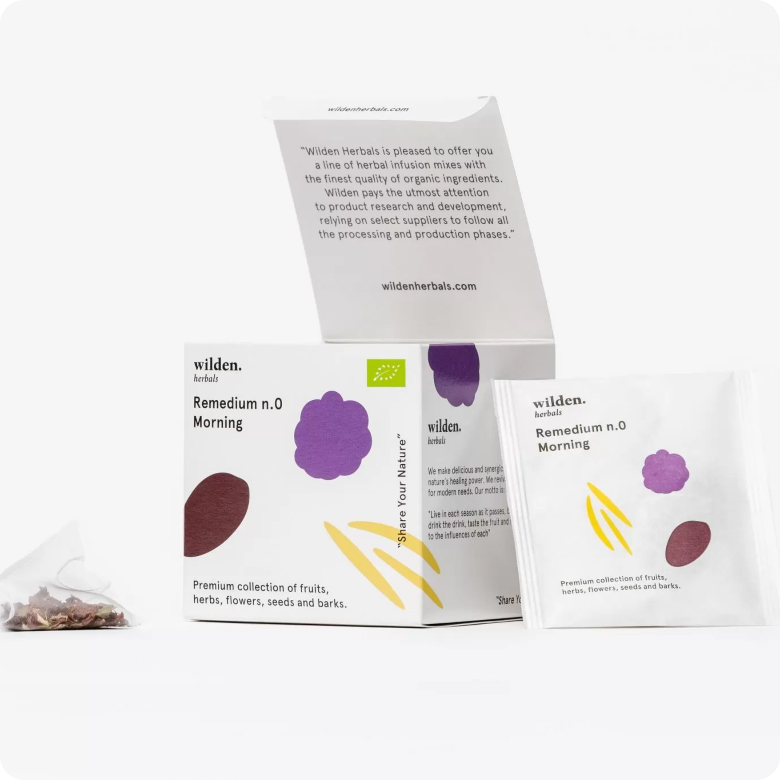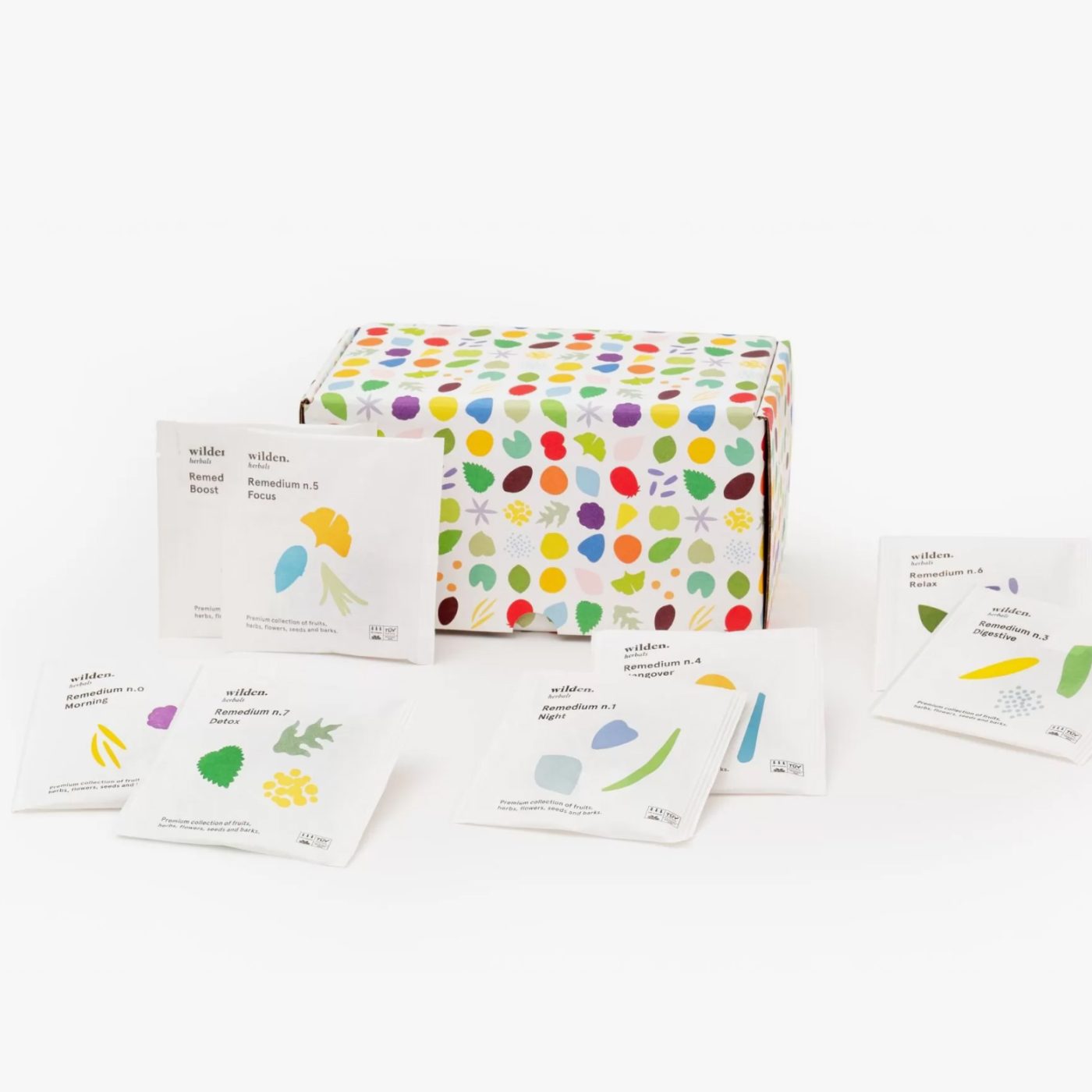Noble laurel: all about the mythological plant
From ancient times to the present day, bay laurel is a valuable commodity. Useful for curing seasonal aches and pains and much more, today we talk about the history, uses and properties of the bay laurel plant.
A leading exponent of the Lauraceae family, Laurus nobilis, commonly known as laurel, is an aromatic perennial evergreen plant. Native to Anatolia, the laurel plant soon found fertile soil and climate in the Mediterranean where it has been known since ancient times. Beautiful to look at, fragrant to smell, but also very useful for body and spirit, laurel is an excellent natural remedy that immediately finds its place in the kitchen or to beautify gardens, hedges and flower beds.
What does the laurel plant look like?
Many people imagine it as an unobtrusive plant, but the bay laurel can actually grow up to 8-10 meters tall. The oval-shaped leaves, which most are familiar with dried, actually have a double color: bright green on one side, dull on the other.
On the other hand, if we asked you what color bay flowers are what would you say? That’s right, it’s hard to know, because often a plant becomes imprinted in our minds only through our use and consumption of it. Fear not, however, we tell you. Laurel flowers are yellow and small; they bloom between March and April, while the fruits, small oval-shaped berries, have a beautiful black color reminiscent of that of smaller, riper olives.
The leaves, on the other hand, can be harvested and used year-round, but it is especially during the winter that bay leaves are rich in beneficial principles and aromatic essences.
Where does laurel come from?
The laurel is a plant that is still associated with Greek and Latin classicism; this is because even in ancient Greece and Rome, the laurel was a symbol of victory and peace in the military and sporting fields, where branches were woven in the manner of a crown placed on the head of the victor and to pay homage to the most esteemed personalities.
In ancient Greece there were four Panhellenic sports games that were contested: the Pythian, the most famous Olympic, the Nemean, and the Isthmian games consecrated to poets and men of letters that were contested like real athletes. All winners of these games were honored with a laurel wreath from Thessaly. Poets who won became so-called “poet laureates,” hence the adjective nobilis to qualify laurus. Over time this plant has not ceased to enshrine any success in a broader sense. Don’t believe it? Pay attention to it the next time you run into a recent graduate who has just discussed his thesis. What does he have on his head? That’s right, a laurel wreath!
But the best-known laurel story is that of the myth of Apollo and Daphne. In fact, the god fell in love with the nymph after a spiteful Cupid to punish him struck him with one of his infamous arrows. Daphne, however, chose not to give herself to Apollo and invoked the mercy of Gaea, the Earth-Goddess, who transformed her into a laurel plant. A verisimilar and very evocative depiction of this myth was created by the artist Gian Lorenzo Bernini, who between 1622 and 1625 shaped a sculptural group that still fascinates visitors to the Galleria Borghese in Rome, where it is still preserved.
Is laurel good for you?
And how good it is for you. Laurel is a plant with many benefits. With digestive properties, laurel helps relieve colic and reduce abdominal bloating. It is expectorant: in fact, laurel is used to eliminate phlegm and relieve coughs, but it also has anti-inflammatory properties useful in arthritis and rheumatism. It is also said that athletes used to take a laurel-based foot bath to reduce swelling of the feet after a sweaty race!
This very miracle plant is one of the leading ingredients in our Remedium No. 2 – Boost, an herbal tea designed to boost the immune system and protect against seasonal ills. Find the herbal tea here. And here we tell you how to make Boost cold herbal tea.
How to use bay leaves
Decoctions, poultices, essential oils and herbal teas, as well as dips and eats…laurel is versatile and will find a place anywhere. In cooking, bay leaves can be recognized by their aroma; capable of enhancing fish, legume or meat dishes, they are particularly good in the preparation of soups, stews and baked fish.
Laurel oleolite, on the other hand, is used to make the famous Aleppo soap, typical of Aleppo, a city in Syria. It is a very mild soap, recommended for those with allergies and intolerances to dermatological products and fragrances, because it leaves the skin soft and moisturized.

Curiosities
– Aleppo soap is the world’s oldest detergent; already known in 2500 B.C., it is prepared by mixing olive oil and bay leaves in varying percentages. More bay oil will equate to greater cosmetic benefits;
– Laurel leaves are also used to make Laurino, a digestive liquor;
– Much loved in Sicilian cuisine, bay laurel was introduced into the list of Traditional Italian Food Products (PAT) by the Ministry of Agriculture Food and Forestry (MiPAAF) as a typical Sicilian product. Not bad, huh?
Sitography
https://sorgentenatura.it/speciali/alloro
https://biancoachillea.it/piante-officinali/alloro-proprieta-composizione-e-curiosita/
https://ilgiardinodeltempo.altervista.org/alloro-storia-miti-tradizioni-e-linguaggio-dei-fiori/
https://www.greenme.it/vivere/salute-e-benessere/alloro-proprieta-usi/









